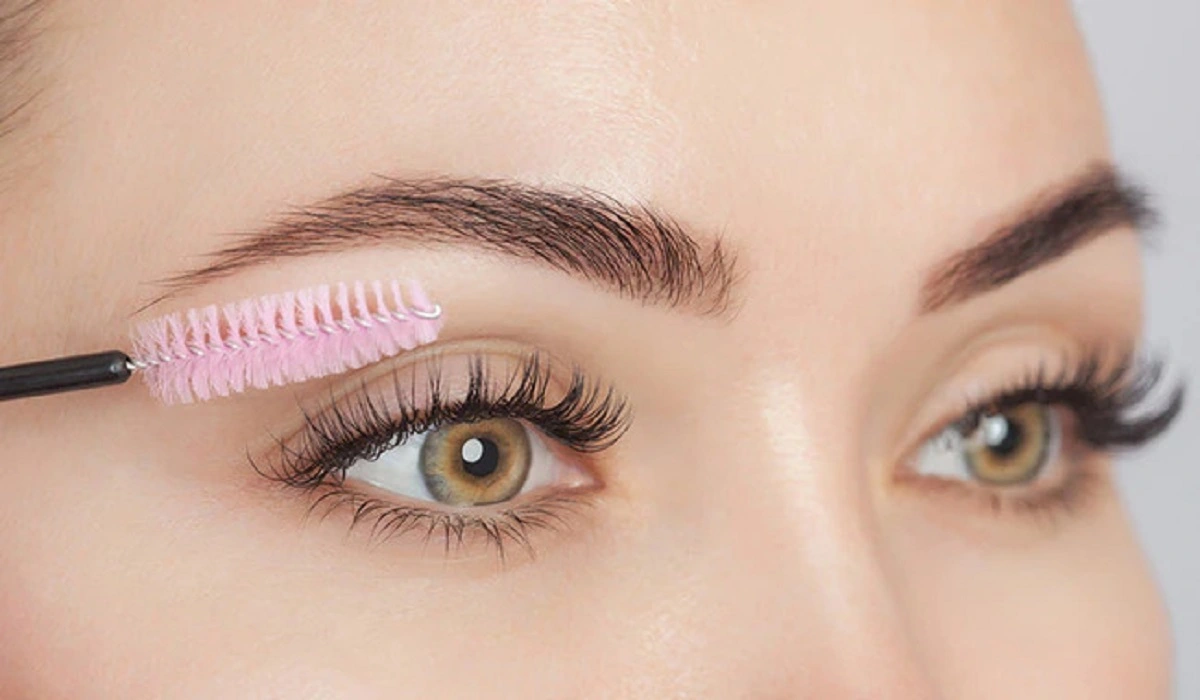The practice of hair coloring, adopted by countless individuals globally for aesthetic enhancement, gray coverage, or personal expression through dynamic hues, is not without its health-related debates. This comprehensive analysis seeks to shed light on the health ramifications of hair coloring, scrutinizing the chemical constituents, identifying possible hazards, and suggesting preventive measures.

Deciphering Hair Dye
Varieties of Hair Dye: From Permanent to Temporary Solutions
Hair coloring products are differentiated by their formulation and chemical makeup, ranging from permanent solutions that alter hair color through deep chemical processes to semi-permanent and temporary variants that merely coat the hair, presenting fewer health risks and offering less permanence.
Chemical Make-Up of Hair Dyes
Key ingredients in hair dye formulations, such as ammonia, peroxide, and p-Phenylenediamine (PPD), are instrumental in achieving color transformation. Nonetheless, these compounds are associated with various health concerns, including skin irritation and more severe adverse effects.
Exploring the Health Implications of Hair Coloring
Dermatological Concerns and Allergic Reactions
The prevalence of contact dermatitis and allergies is notable, with symptoms ranging from slight itching to intense rashes. A preliminary patch test can be instrumental in identifying any allergic predispositions.
Respiratory Health Concerns
Exposure to hair dye fumes, especially in inadequately ventilated areas, can provoke respiratory irritation or exacerbate existing respiratory conditions, posing significant health risks.
Long-term Health Concerns: Cancer and Endocrine Disruption
Ongoing research into the correlation between hair dye use and an elevated risk of certain cancers presents inconclusive yet concerning findings. Issues relating to endocrine disruption also warrant a cautious approach to hair dye use.
Impacts on Scalp Health
Effects on Scalp Well-being
The scalp can suffer from dryness and irritation due to the chemicals present in hair dyes, potentially leading to discomfort and damage. Opting for gentler dyes and prioritizing scalp care can alleviate these issues.
Recommendations for Reducing Scalp Harm
Selecting suitable products and adhering to best practices, including the use of conditioners and scalp treatments, can safeguard scalp health while still enjoying the cosmetic benefits of hair coloring.
Adhering to Safe Hair Dyeing Practices
Guidelines for Safe Hair Coloring
Implementing safety precautions, such as wearing gloves, meticulously following product instructions, and choosing less harmful dye alternatives, can help in minimizing health risks.
The Critical Role of Patch Testing
Conducting a patch test is essential to detect allergic reactions beforehand, ensuring a safer coloring experience.
Exploring Safer Alternatives
Natural and Herbal Dye Options
Investigating herbal and natural dyes offers a less hazardous alternative to traditional chemical dyes, reducing both health risks and environmental harm.
Emergence of Temporary Coloring Solutions
The popularity of temporary dyes and color-depositing conditioners is rising among those seeking minimal commitment and reduced health risks, marking a shift towards more health-conscious coloring choices.

Professional vs. At-Home Coloring: A Comparative Analysis
Evaluating the advantages and potential risks of professional versus DIY hair coloring can help individuals make more informed decisions based on their health considerations and desired results.
Guidance for Novices
Beginners are advised to seek expert consultation and consider starting with more temporary coloring methods, ensuring a safer and more enjoyable introduction to hair coloring.
Dispelling Myths Surrounding Hair Coloring
Addressing Common Misconceptions
By debunking widespread myths and providing accurate information, this analysis aims to clarify misconceptions surrounding hair coloring, empowering individuals with knowledge to make informed decisions.
Regulatory Oversight and Product Safety
An Overview of Regulatory Compliance and Safety Standards
Familiarity with the regulatory framework and manufacturers’ compliance with safety guidelines is crucial for the safe application of hair dyes.
Progress in Hair Dye Formulation
The development of hair dye technology continues to focus on reducing health risks while delivering effective and durable color, indicating a promising direction for future cosmetic practices.
Personal Narratives and Expert Opinions
Compiling Insights from Professionals and Users
Gathering firsthand accounts and professional advice illuminates the practical aspects of hair coloring, offering invaluable perspectives and recommendations.
Evaluating Hair Coloring and Health
Balancing Aesthetics with Health Considerations
Assessing the aesthetic benefits against potential health risks offers a comprehensive view, allowing for informed choices that prioritize both beauty and well-being.
Restorative Measures for Hair Dye Damage
Identifying Recovery Options
Exploring solutions for treating hair and scalp damage caused by coloring can aid in rejuvenating hair health and appearance.
Environmental Considerations of Hair Dye Usage
Examining the Environmental Footprint
The environmental impact of hair dyeing, from production to disposal, underscores the importance of adopting eco-friendly practices and products.
Anticipating the Evolution of Hair Coloring
Future Trends in Hair Coloring Techniques
Looking ahead to upcoming trends and innovations in hair coloring techniques offers insights into safer and more environmentally friendly approaches to achieving desired hair colors.
FAQs
Addressing Common Queries
Providing answers to frequently asked questions about hair dye safety, application frequency, potential damage, and recommended products for sensitive skin offers guidance for a safe coloring experience.
While hair coloring can significantly enhance personal style and confidence, it necessitates an informed approach due to potential health risks. By opting for safer alternatives, adhering to best practices, and considering natural options, individuals can enjoy the transformative effects of hair dyeing with minimal health concerns. As the cosmetic industry advances, the future of hair coloring promises a harmonious balance between style and health.







